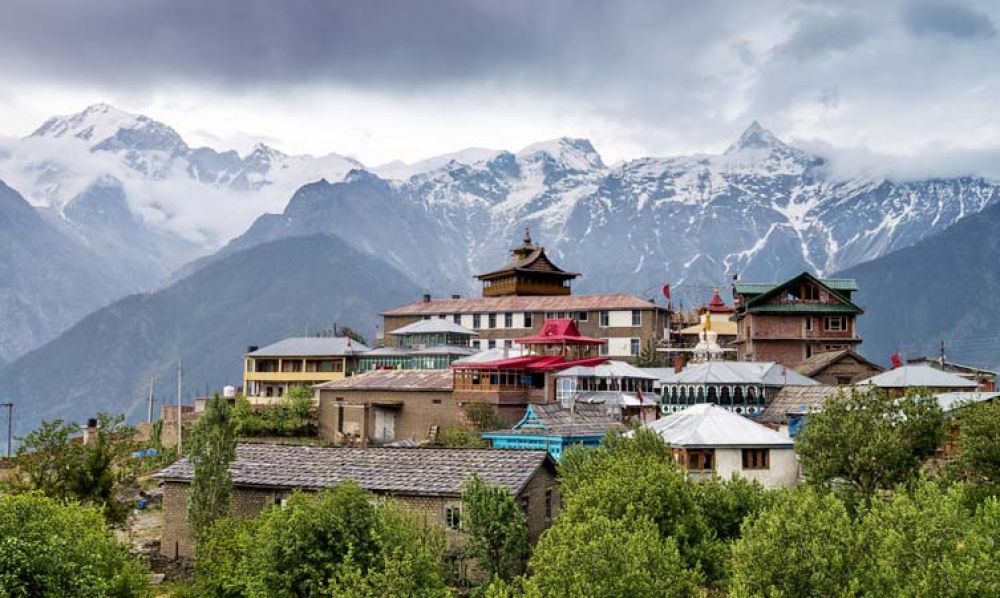

The quaint village of Ribba, also known as Rirang, is nestled in the picturesque Kinnaur district of Himachal Pradesh. With its rich cultural heritage, lush green orchards, and the serene backdrop of the Himalayas, Ribba has a charm that has attracted travelers for decades. The history of tourism in Ribba, though not as widely documented as that of well-known destinations, is deeply interwoven with the culture and traditions of Kinnaur.
The exploration of Kinnaur and its villages, including Ribba, began in the early 19th century with British adventurers and surveyors mapping the region. It was, however, largely unexplored by tourists due to its remote location and challenging terrain. Ribba remained a hidden gem accessible only to the most intrepid travelers and scholars interested in the region's unique Buddhist-Hindu culture.
It wasn't until the latter half of the 20th century that Ribba began to see a more significant number of visitors. The improvement of road infrastructure and the rise of adventure tourism brought Ribba to the attention of trekkers and explorers looking for the road less traveled. The construction of the Hindustan-Tibet Road (National Highway 5), an engineering marvel, played a pivotal role in making Kinnaur and its communities, including Ribba, more accessible.
In recent times, Ribba has become known for its apple orchards, vineyards producing local wines, and the traditional lifestyle of its inhabitants. Visitors are drawn to the tranquility of the village, the warmth of the Kinnauri people, and the opportunity to experience a way of life that has remained largely unchanged for generations. Tourism has expanded from pure exploration to include cultural exchanges and eco-tourism initiatives, which offer a sustainable way for visitors to enjoy the natural beauty while contributing to local economies.
The latest trend in Ribba's tourism includes homestays which provide guests with an authentic living experience. There is also a growing interest in agro-tourism, with tourists participating in fruit picking and understanding the agricultural practices of the region. Additionally, sustainable practices and responsible tourism have become more important, as travelers are becoming increasingly aware of the need to preserve the pristine environment of Kinnaur.
The government has also taken steps to promote tourism in Ribba and the wider Kinnaur district by organizing festivals and events that showcase the local culture and crafts, thereby providing an additional draw for tourists.
While Ribba may not have the same level of historical documentation in terms of tourism as other global destinations, it stands as a testament to Kinnaur's growing appeal as a place where culture, nature, and tradition blend harmoniously. As tourism continues to evolve in this beautiful part of the world, Ribba is sure to maintain its status as a captivating destination for those seeking both adventure and tranquility in the Himalayas.